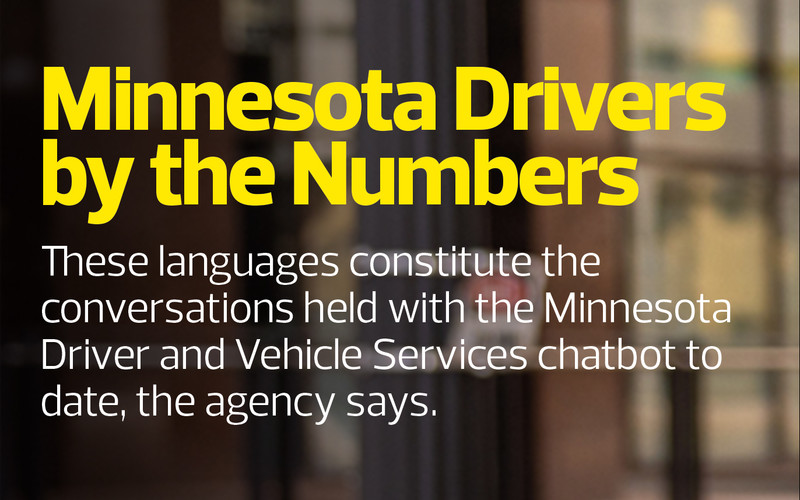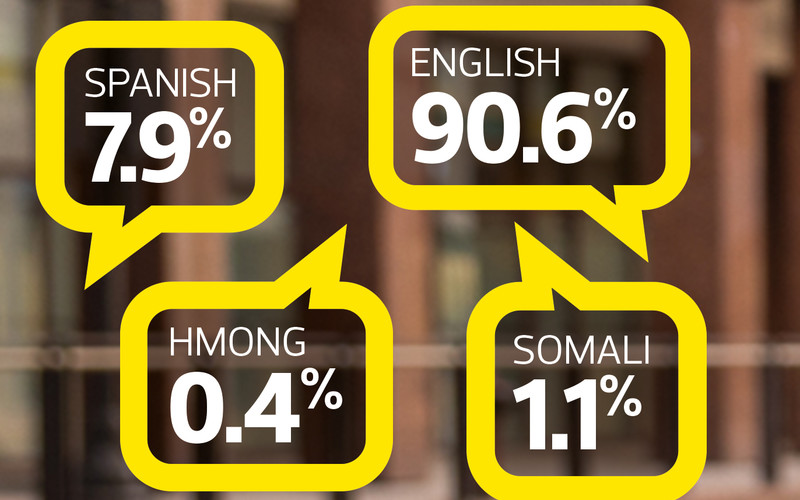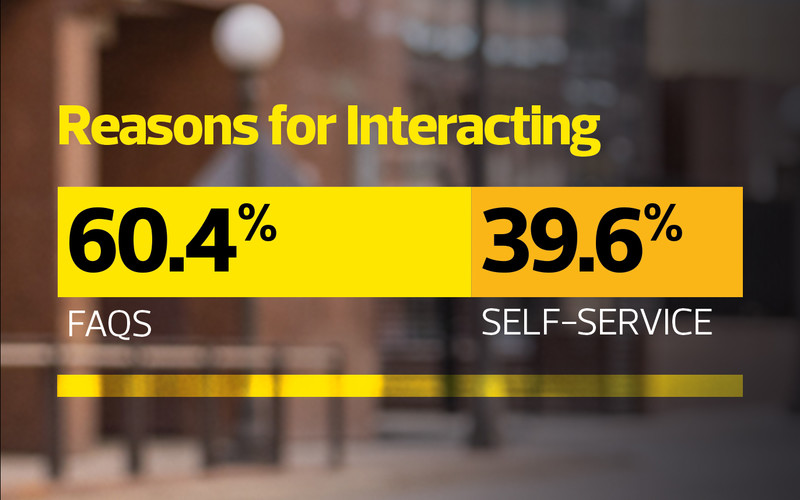Local and state governments are increasingly using AI in their contact centers to augment their staff, improve citizen services and operate more efficiently.
Forrester analyst Max Ball says that organizations have begun to deploy AI in their contact centers in several ways: self-service functions, such as chatbots and call center interactive voice response systems; call routing; and agent assist, which provides live agents real-time information and recommended responses to answer questions or resolve issues.
Other contact center uses of AI are intertwined: Sentiment and quality management uses AI to measure and monitor call center agent performance, and reporting and analytics help organizations spot trends and patterns so they can make improvements, he says.
“Contact centers face more demands than they’re ever going to have the resources to provide, so anything that they can do to make things more efficient or improve self-service is great for the contact center. AI is a huge part of that,” Ball says.
Meet Minnesota’s Multilingual Virtual Assistant
DVS, a division of Minnesota’s Department of Public Safety, is deploying Google Cloud’s Contact Center AI cloud-based software, which uses AI to enable virtual agents to assist customers via web chat or over the phone.
The agency needed to improve customer service because its busy, 35-person call center staff answers only half of the 30,000 phone calls it receives each week. Many residents who do reach a live agent endure significant wait times, Xiong says.
The goal is to reduce call load and make it faster and easier for Minnesotans to get information and services in several languages. That way, “our call center team can focus on those difficult issues where you really need to talk to someone,” he says.
DVS and its consultants spent six months building the new virtual assistant website chatbot and rolled it out in March 2023. To implement it, they used Google Cloud’s Dialogflow, a tool with a natural language processing engine for developing conversational experiences with chatbots and virtual agents, and Google’s Cloud Translation API, which translates text into different languages.
The agency had a web chatbot before, but it was rudimentary and keyword-based. “The new, multilingual virtual assistant creates a more casual, conversational flow for our customers,” he says.















